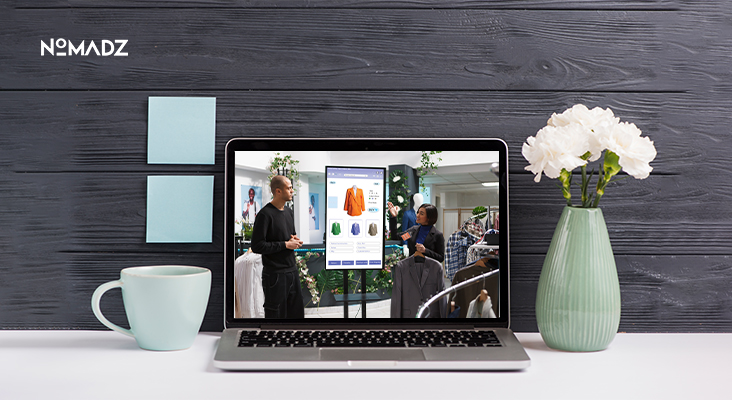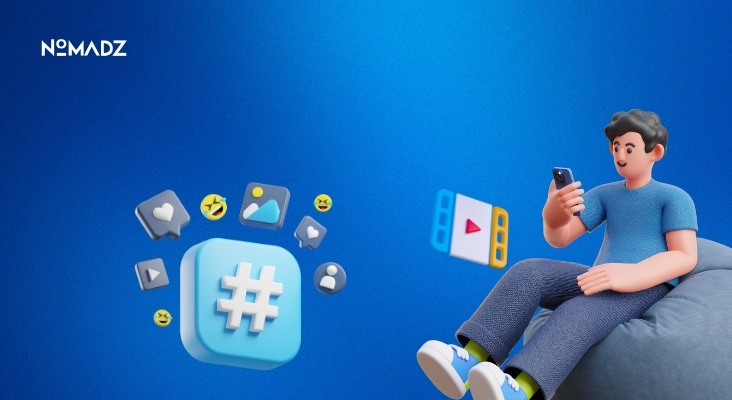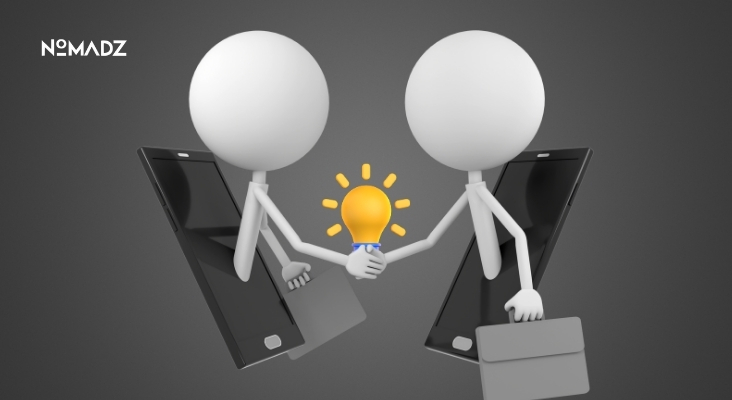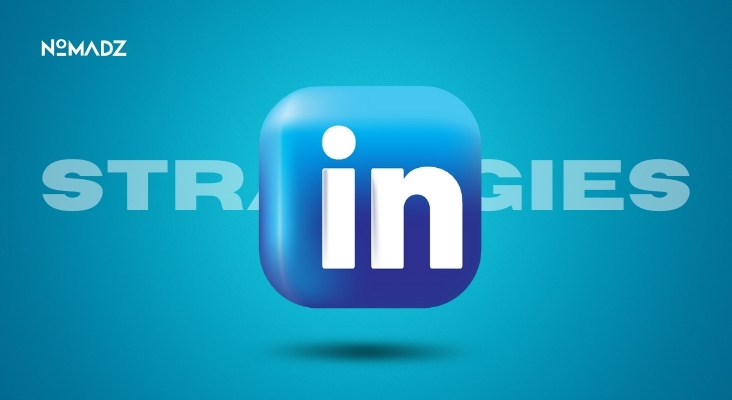How to create Rich Media Ads?
Nowadays, when the world has gone digital, the appearance in a cluttered online environment is becoming increasingly significant. The game-changing element of advertising in the modern world is what is known as a rich media ad.
In contrast to the traditional static banners, rich media advertisements are interactive, interesting, and dynamic. They respond, feel, and in many instances involve the user to rejoin them, and thus, they are difficult to ignore. But just how do you build them? So, being in the world of creating rich media ads, let us take a closer look at how it is done.
What are Rich Media Ads?
The rich media advertisements are online advertisements that have enhanced capabilities of video, audio, or interactivity, which promote interaction amongst the users. These are not the run-of-the-mill picture and word advertisements. Rather, they can become bigger when hovered, the video can be played automatically, or with clickable carousels.
They not only provide impressions, they trigger responses.
Benefits of Advertising Using Rich Media
There are so many advantages of rich media advertising:
- Increased involvement: With moving and responding ads, the user is inclined to engage with them.
- Better conversion: By using interactive features, the funnel may be directed through the ad.
- Improved narrations: Animation and videos assist brands in telling visual stories.
- Improved recall: Brand exposure to rich content increases recall of brands by the users
How to Create Rich Media Ads?
1. Set Your Point
Be clear on your objective before getting down to design. Will you be fine with more clicks, sign-ups, viewing products, or brand awareness? How you want your rich media ad to be depends on the goal you have set.
Examples: In case you are targeting awareness of products, you can use a swipeable carousel, which will display numerous products.
2. Select the Rich Media Format
It has numerous rich media, and the proper selection of an example is critical. Such are some of the popular formats are:
- Expandable advertisements: Collapsible to a small size on orientation and expand on roll or tap.
- Video advertisement: Videos that either play automatically or with a single click.
- Carousel advertisements: Single advertisement containing more than one message or product.
- Gamified advertisements: Beam a product offer locked behind a game.
- Floating ads: Ad appears on top of the content, which earns full attention.
Work with whatever format works best with your audience and platform (such as Facebook, Google Display Network, or programmatic platforms).
3. Design how you will have your creative assets
You can not get by with one picture. In case of rich media ads, prepare:
- Less than 30s (or ideally less than 15s) short videos.
- Good quality of images (fast speed).
- Interactive features (buttons, swipes, or hotspots).
- Catchy and coherent copy.
Ensure that all properties are optimised to load quickly and be accessible on mobile because most of the users are on the phone.
4. Apply Rich Media Builder or Rich Media Platform
In order to actually create an ad, you will require a service or tool. Examples of the most well-known rich media services and platforms:
- Google Web Designer (Free Google Tool for HTML5 advertisements).
- Celtra ( Creativization automation of rich media).
- Sizmek (Amazon Ad Services).
- Advanced personalisation by FlashTalking (Flashtalking).
These tools help you to design, preview, and test your rich media advertisement on multiple devices.
5. Add Tracking and interactivity
Engagement is the name of the game when it comes to rich media. You should make sure that your ad is configured to measure:
- Click-through rates
- Interaction rates
- Video views
- Hover times
- Conversions
The vast majority of ad-building platforms include built-in analytics, or there is an opportunity to incorporate such tools as Google Analytics.
6. Pilot Test
Test your ad on different devices, screen sizes, and browsers prior to its live launch. Ensure that nothing is slow and nothing is unresponsive, particularly: no broken buttons or bad videos.
The performance issues, as well as the user frustration, can destroy the effect of your campaign, which is why it is necessary to test them to prevent this situation.
7. Launch and Optimize
After you run your rich media advertisement, make sure that performance is observed. Look at:
- What things have the most interaction
- The duration during which users acclimate themselves to the ad
- Drop-off points
Using the data, modify your visuals, copy, or CTA. The neat advantage of digital is that one can fine-tune as one goes along.
Ideas for Rich Media Ads
Need some creativity at all? These are some proven ideas of rich media ads:
- Interactive Quizzes: Using questions, allow users to discover what product suits him/her.
- Shoppable Videos: It allows clicking on a product in the video to make a purchase.
- 3D Product Previews: Perfect choice in case of a tech, car, or fashion brand.
- Swipe Challenges: Excellent to use in gamification or time-based campaigns.
- Live Polls: Allow the user to vote on something and check instant results.
Such rich media not only attract attention, but they also drive the user to conversion in an entertaining manner.
Tips for Good Rich Media Advertising
- They should be simple: Do not be overactive on the ad.
- Apply powerful CTAs: Provide users with clear call to actions.
- Mobility: Design is mandatory.
- Are on-brand: Your shade, type, and tone have to be on-brand.
- Smart use of animation: A lot of animation may irritate people or distract them.
Future of Rich Media Advertisements
As advertisement makes use of AR, VR, and AI, there will be a richer use of rich media ads. The next generation of rich media advertising is 3D immersive and smarter, including virtual try-on, voice-controlled advertising, etc.
Conclusion
Rich media ads are not so difficult to create. Through an intended objective, proper equipment, and imagination, you may serve effective advertisements that not only appear great, but that bring forth true results. As a marketer, entrepreneur, or agency, adding rich media advertising to your campaign can increase user involvement and add a contemporary feel to your brand.
That is why just begin to experiment with various rich media examples, get inspired by bright ideas of rich media ads, and consider rich media services that can be useful to you. Your audience is willing to be engaged; provide them something to click on.
FAQs
What are rich media ads in digital marketing?
Rich media ads are interactive digital ads with videos, animations, or user-driven elements that increase engagement and brand visibility.
How are rich media ads different from static ads?
Rich media ads move or respond, while static ads are just text and images. Rich media boosts engagement and can track user interaction.
Which platforms support rich media advertising?
Platforms like Google Display Network, Facebook, Instagram, and programmatic DSPs support rich media advertising formats with targeting capabilities.
Can small businesses use rich media ads?
Absolutely! With free tools like Google Web Designer, even small brands can create engaging and affordable rich media ad campaigns.
What metrics are important in rich media advertising?
Track interaction rate, time spent, click-through rate, video views, and conversions to measure how well your rich media ads are performing.









Leave feedback about this